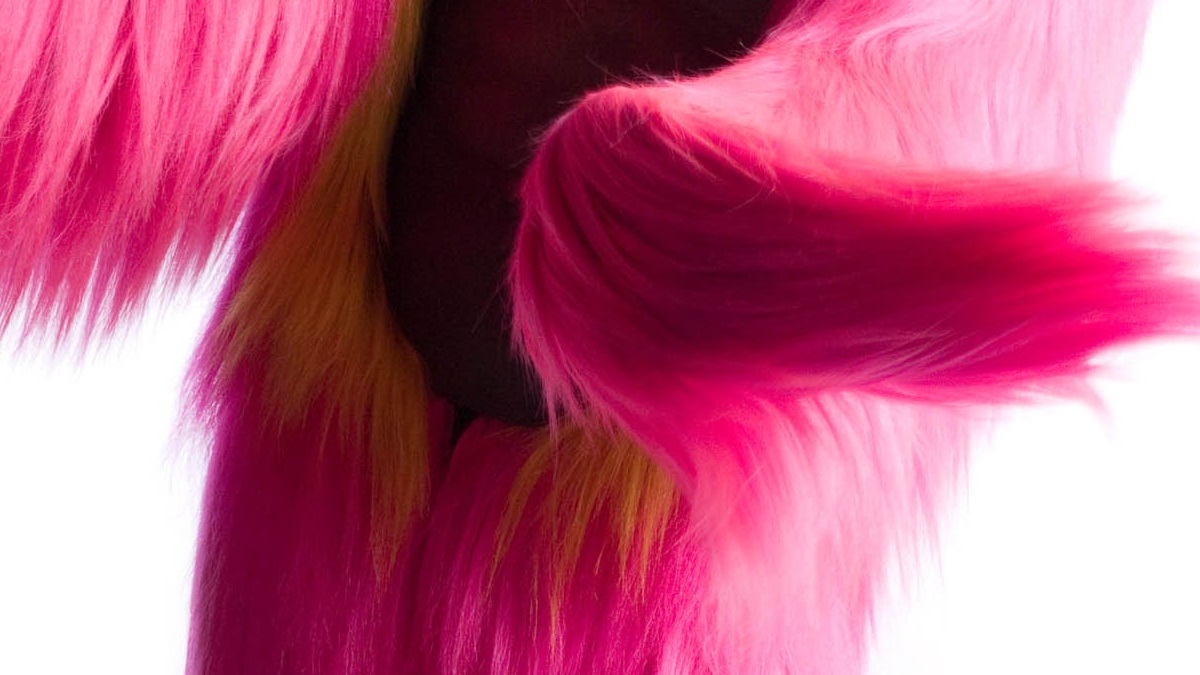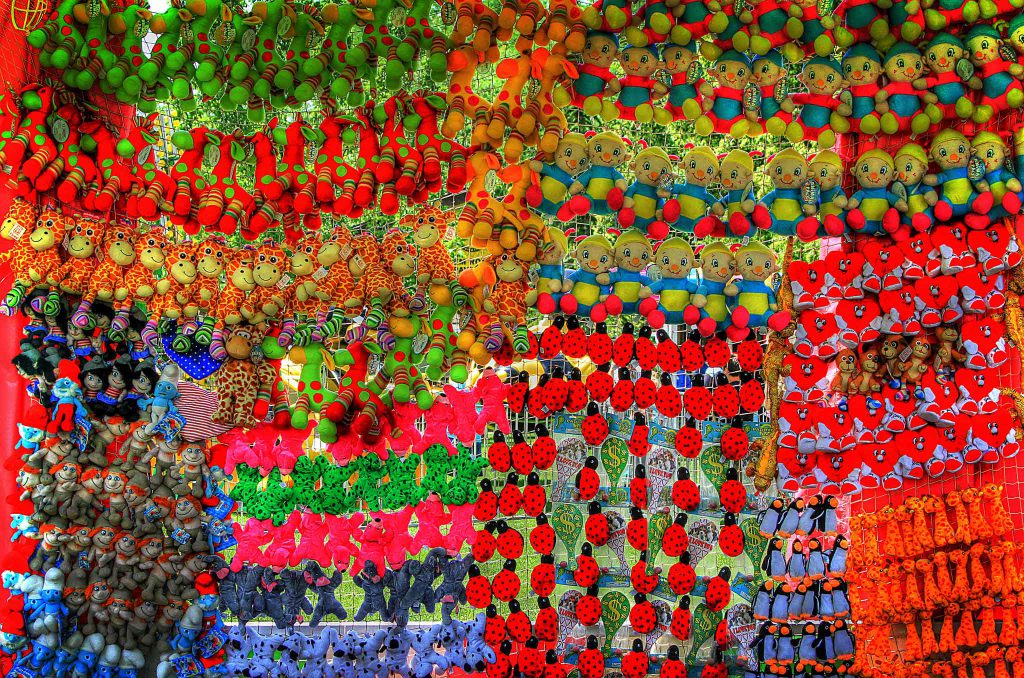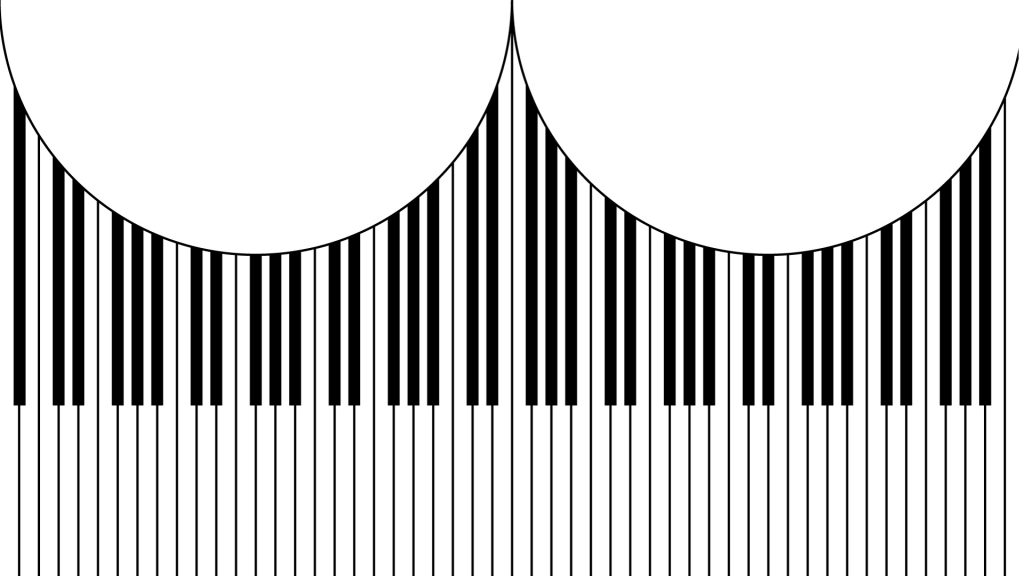From avatars to social justice to clownish behaviors, artists’ response to play takes all forms. This week we highlight stories and background on two PlayTime artists: Nick Cave and Martin Creed.
Artist and performer Nick Cave‘s Bunny Boy stars one of Cave’s celebrated “soundsuits.” He has said that he wants to use art—in much the same way we use play—as a form of diplomacy. Cave’s work intersects with a number of other themes we’ve explored on PlayTime: avatars, racial identity, and materiality. He views his role as one of civic responsibility (his first soundsuit was made in 1992 as a response to the Rodney King incident in Los Angeles and created a new one in the wake of the Trayvon Martin shooting in Florida). Recently, he collaborated with Chicago-based architect and MacArthur fellow Jeanne Gang for a suited-up performance in a Studio Gang–designed environment.
He gamely responded to our PlayTime Manifesto in an unexpected way. You can see Cave talk more about his work and his relationship to Chicago here.
While there is much more to PlayTime than what has become known as “The Balloon Room,” the experience of being in Martin Creed‘s Work No. 329 has probably been the dominant episode of most people’s visits to the exhibition. A musician as well as an artist, Creed visited Boston for the world premiere of his new piece, Work No. 2890 Bum Piano, at the Boston Center for the Arts. Creed, who won the prestigious Turner Prize in 2001, has been called “clownish,” by Roberta Smith of the New York Times and a “cheerful mourner” (but one who creates atmospheres of “playful disarray”) by The Guardian, and London’s Hayward Gallery held a retrospective of his work in 2014, called What’s the Point of It? His work can provoke strong reactions (Smith also wrote that his work veers between shock therapy and tenderness), but the artist, who was raised in the Quaker tradition, has said of the influence of his family’s beliefs on him: “I grew up with the idea that everything is important—the smallest detail and the way that you treat people. One of the big Quaker ideas is that there are no sacred spaces, that all spaces can be churches. That is the same, probably, as my attitude to art galleries.”
Check in next week for a new roundup of the latest play news and stories.
(Image credit: Courtesy of the artist and Jack Shainman Gallery, New York, photo by James Prinz (detail), © Nick Cave)












